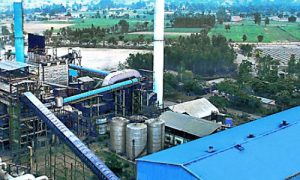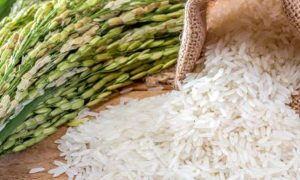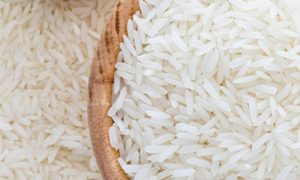Punjab, Haryana must review farmers’ incentive to diversify from paddy-wheat cycle: ICRIER

The Indian Council for Research on International Economic Relations (ICRIER) has proposed re-purposing subsidy policies in Punjab and Haryana to diversify from paddy and wheat. Their report suggests offering Rs 30,000-40,000 per hectare incentives for alternate crops like pulses, oilseeds, and millets. Effective Minimum Support Prices (MSPs) for these crops, promotion of Public-Private Partnerships for carbon credits, and high-value export clusters are also recommended. The report highlights that current practices have led to environmental degradation and health issues, emphasizing the need for robust policy changes.
New Delhi [India], July 25 (ANI): The government of Punjab and Haryana must re-purpose their subsidy policy towards rice and wheat farmers to diversify the crop pattern in these green revolution states, which are under deep stress, recommended Indian Council for Research on International Economic Relations (ICRIER) in a report published recently.
As part of its recommendation in the report titled ‘Saving Punjab and Haryana from Ecological Disaster: Re-aligning Agri-Food Policies’, it noted that the current subsidies should not be eliminated but re-purpose for better.
Broadly, ICRIER suggested six action points that would fit Punjab and Haryana’s purposes.
Among them, it suggested giving an upfront incentive of Rs 30,000-40,000 per hectare for non-paddy farmers by re-purposing power subsidy by the state and fertilizer subsidy by the Centre) to alternate kharif crops.
The incentive structure is extremely skewed in favour of paddy, and hence farmers do not want to switch away from paddy. Hence, there is a strong need for innovative policy formulation so that crops other than paddy, such as pulses, oilseeds, millets, and even kharif maize, also receive similar support.
ICRIER suggested that the governments must ensure that minimum support prices for non-paddy crops especially pulses, cotton, millets, maize (kharif), and oilseeds are effective, especially for the first five years. The absence of MSPs for other crops makes farmers vulnerable, often leaving them to the whims of the market.
The report also called for promoting Public-Private Partnerships for carbon/green credits, besides promoting high-value One District – One Product through clusters targeting exports.
These policy suggestions are alternative strategies to re-align agricultural policies towards fostering positive outcomes for both people and the planet, it noted.
These recommendations are “very much doable if there is a political will” on the part of both the governments (state and centre) to join hands to save Punjab-Haryana from ecological disaster, the report noted.
“…if input subsidies on rice were eliminated altogether in Punjab and Haryana to encourage diversification, there would be a major political fallout, and significant reduction in rice production and incomes of rice farmers,” it explained.
Paddy, and to some extent wheat, offer greater financial returns and hence farmers in these two states in particular are stuck in the water guzzling paddy-wheat cycle for decades.
The policy suggestion report also sought diversification of 12-15 lakh hectares of non-basmati paddy cultivation area of Punjab and Haryana.
To promote a shift in cultivation practices, Haryana has already introduced incentives of Rs 7,000 per acre (Rs 17,500/ha) to encourage farmers in regions where water is scarce to transition from paddy to other crops.
However, ICRIER notes this incentive falls short of covering the financial gap that farmers face when switching to crops like maize, oilseeds, and millets.
“A more robust incentive, ranging from Rs 30,000 to Rs 40,000 per hectare, is proposed for farmers in Punjab and Haryana who opt for non-paddy crops (on 50:50 basis by the central and state government). In Haryana, since there is already a scheme that gives Rs 17,500/ha from the state budget, it can be doubled with an equal share coming from the Centre,” ICRIER suggested.
Both the states have paid a steep environmental cost for the country’s food security. “The pervasive use of agrochemicals in these states has been linked to a spectrum of health issues among the local population, including cancer, kidney failure, and congenital anomalies.”
Intensive agriculture has brought significant land, water and air problems that became evident in these states during 1980s and are becoming increasingly prominent over time, ICRIER said.
The groundwater for irrigation is also continuously depleting in these states.
It also mentioned about the negative effects of stubble burning, a common phenomenon in these two states. Farm stubble is burnt to make way for fresh crop sowing in the shortest possible time.
“Fire counts from its stubble are also a significant producer of pollution locally, which has direct, negative impacts on people’s health,” the ICRIER report noted. (ANI)
Source Link : https://theprint.in/economy/punjab-haryana-must-review-farmers-incentive-to-diversify-from-paddy-wheat-cycle-icrier/2190632/














